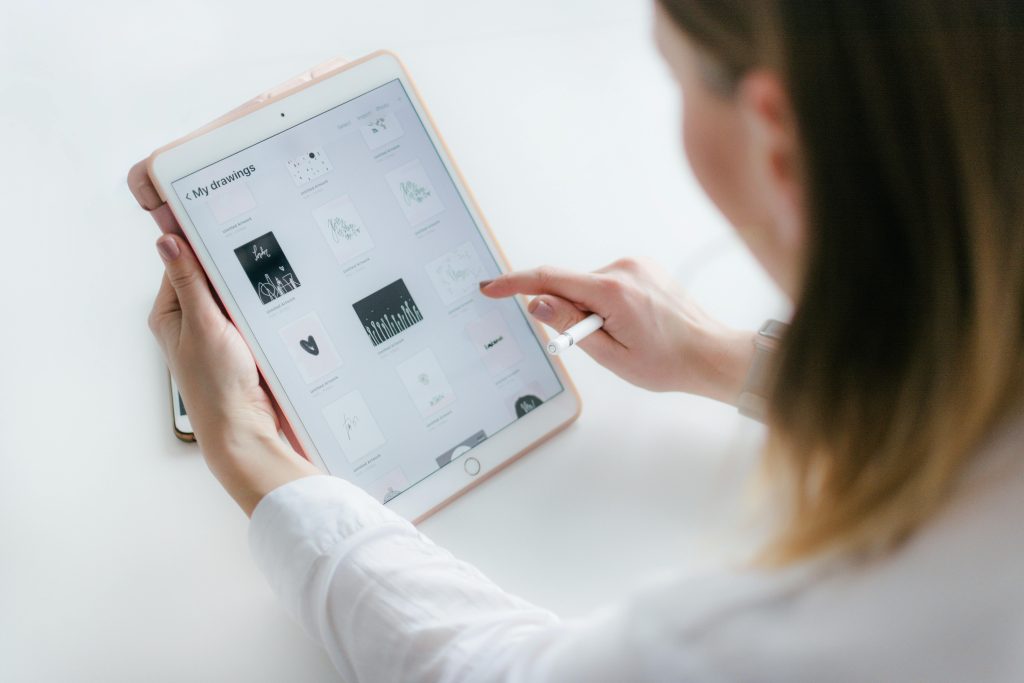When you open a website or app and instantly feel drawn to its look—the colors, the layout, the buttons, the icons—that’s the magic of UI Design (User Interface Design).
UI design focuses on the visual and interactive elements of a digital product—the parts users see, touch, and click. It’s about creating interfaces that are not just beautiful but also clear, consistent, and easy to use.
Understanding the Core of UI Design
UI design is where creativity meets functionality. Every color, shape, and font choice affects how users feel and behave. A well-designed interface guides people naturally—helping them navigate, explore, and take action without confusion.
A great UI designer doesn’t just design pretty screens—they design purposeful visuals that enhance the overall user experience.
Why UI Design Matters
Your interface is your brand’s first impression. A polished and modern UI builds trust, while a cluttered or outdated one can drive users away.
Good UI design helps:
- Capture users’ attention instantly
- Communicate brand personality and tone
- Make navigation smooth and intuitive
- Keep users engaged longer
In short, UI design shapes how people feel about your product.
Good UI design helps:
- Capture users’ attention instantly
- Communicate brand personality and tone
- Make navigation smooth and intuitive
- Keep users engaged longer
In short, UI design shapes how people feel about your product.
UI vs. UX—How They Work Together
While UX design defines how a product works, UI design defines how it looks and feels.
Think of UX as the blueprint of a building and UI as the interior design—both are essential to create something functional and beautiful.
Together, they turn ideas into seamless, enjoyable digital experiences.
The Goal of UI Design
The ultimate goal of UI design is to make every interaction visually engaging, consistent, and effortless. A successful UI is not just attractive—it tells a story, builds trust, and connects users emotionally to the brand.

